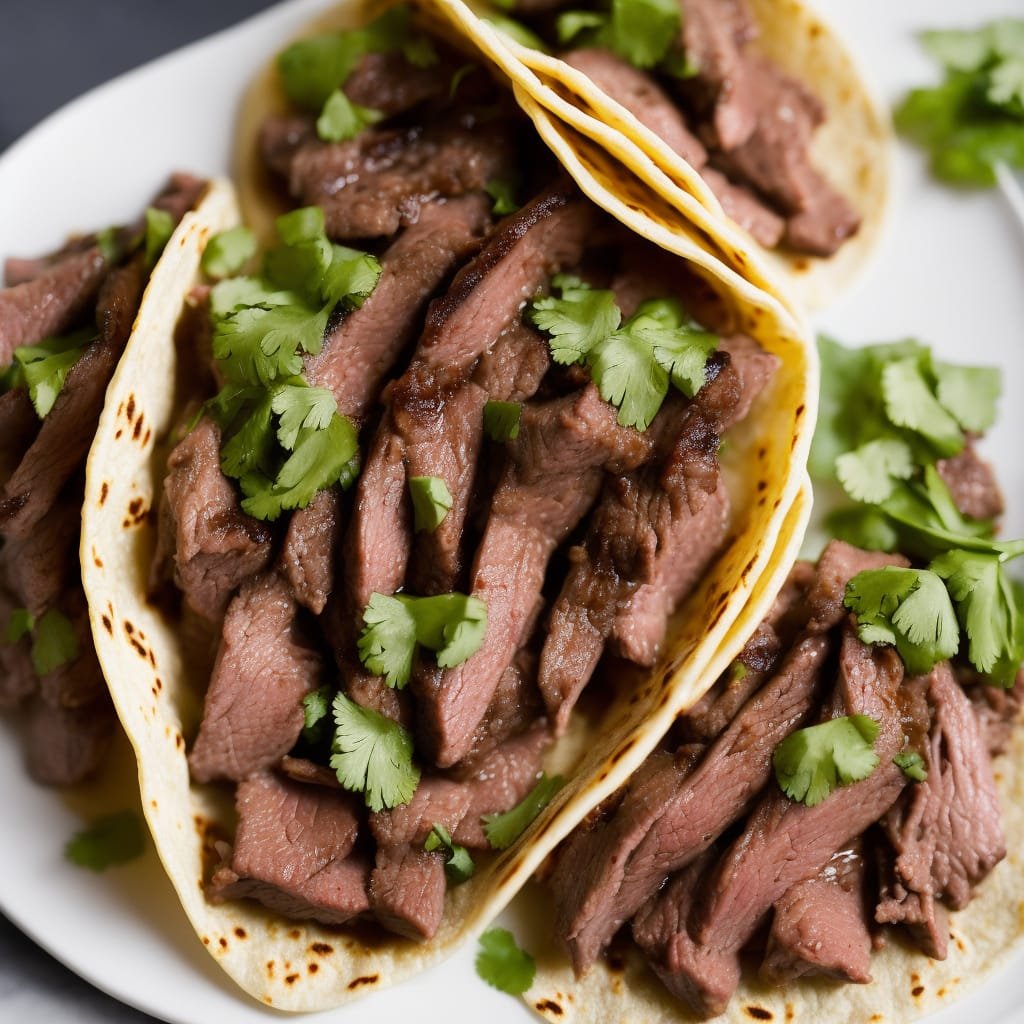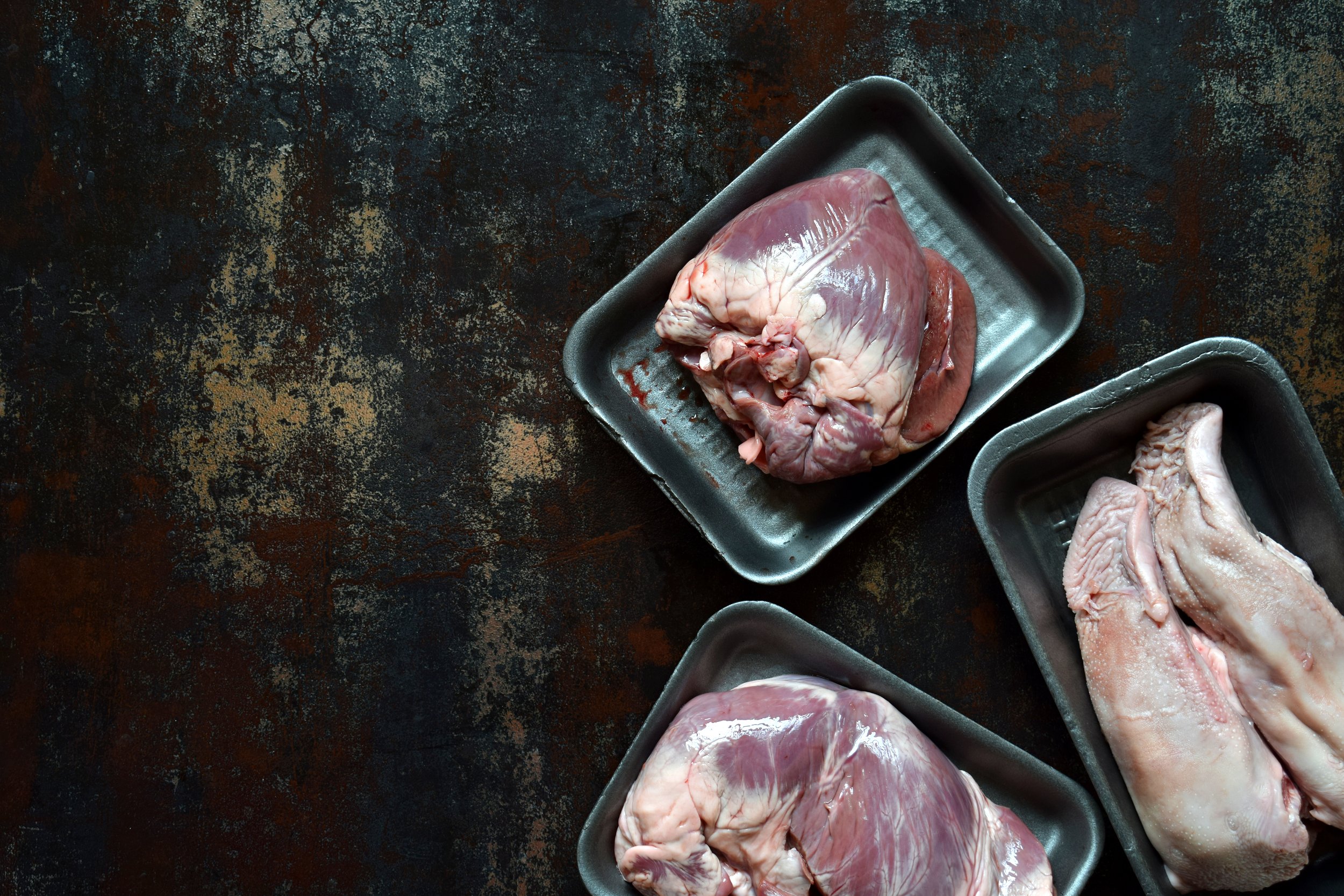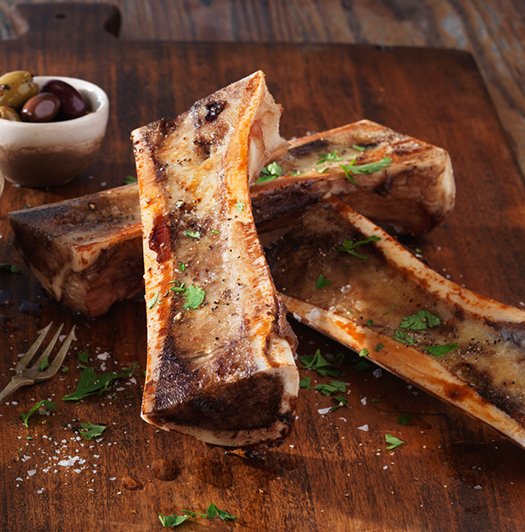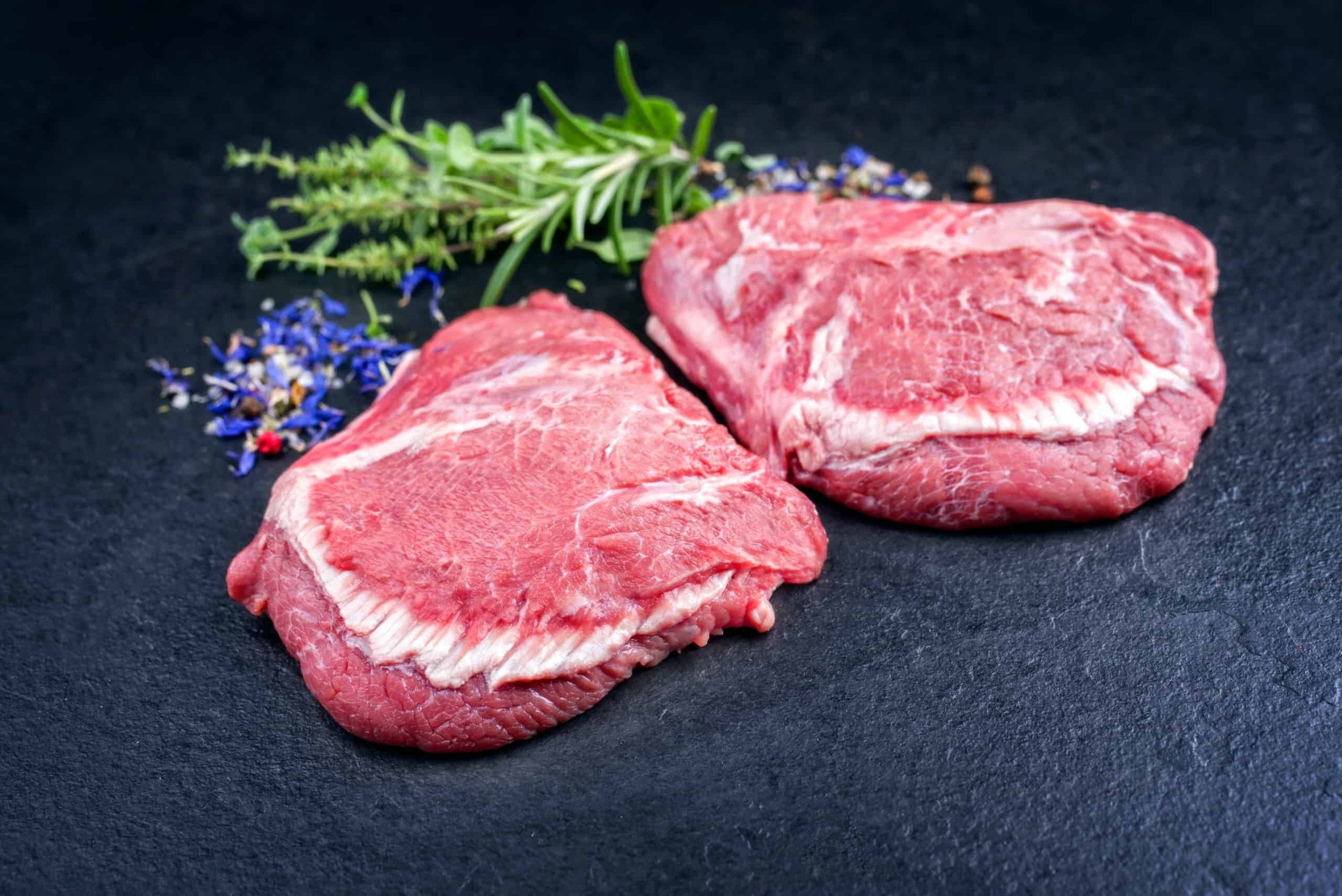 Image 1 of
Image 1 of


Suet
Suet
Beef suet is a type of fat found around the kidneys and loins of cattle. It has a high melting point, making it an excellent choice for various culinary applications, especially in traditional recipes. Suet is prized for its ability to add moisture and richness to dishes, making it a staple in recipes for pies, pastries, and puddings.
When rendered, beef suet transforms into a versatile cooking fat that can be used similarly to lard or butter. It provides a unique flavor that enhances savory dishes and can also be used for frying, roasting, or baking. This traditional ingredient is not only favored in cooking but is also a nutritional source of energy and essential fatty acids.
In addition to culinary uses, beef suet is often used in bird feeders to attract a variety of feathered friends, offering a high-energy food source for birds, especially in colder months. Whether you're looking to create comforting family meals or provide sustenance for wildlife, beef suet is a worthy addition to your pantry.
Rendering beef suet is a straightforward process that allows you to turn raw fat into a usable cooking fat or ingredient. Suet is the hard fat found around the kidneys and loins of cattle and is especially prized for its high smoke point and rich flavor.
Steps to Render Beef Suet
Materials Needed:
Fresh beef suet
Sharp knife
Cutting board
Slow cooker, double boiler, or heavy-bottomed pot
Fine mesh strainer or cheesecloth
Clean glass jars or containers
Instructions:
Prepare the Suet:
Start with fresh, cold suet. Trim away any meat or connective tissue, as these can produce undesirable flavors during rendering.
Cut the suet into small pieces (around 1-inch cubes). Smaller pieces will render more efficiently and provide a smoother end product.
Choose Your Rendering Method:
Slow Cooker: Place the cubed suet in the slow cooker on low heat. This method takes several hours, but it’s convenient and requires little attention.
Double Boiler: Fill the bottom pot with water and place the suet in the top pot. This gentle heating method helps prevent the fat from scorching.
Heavy-Bottomed Pot: Place the cubed suet in a heavy-bottomed pot over low heat. Stir occasionally to ensure even melting and prevent burning.
Begin Rendering:
Allow the suet to slowly melt. It will become liquid after a couple of hours, depending on the method used and the quantity of suet.
Continue to cook until no more solid pieces are visible and the fat is clear. This can take anywhere from 2 to 4 hours.
Strain the Fat:
Once rendered, remove the pot from heat. Let it cool slightly but not completely.
Line a fine mesh strainer with cheesecloth and set it over a large bowl or pot.
Carefully pour the melted suet through the strainer to filter out any remaining solids.
Store the Rendered Fat:
Transfer the filtered fat into clean, dry glass jars or containers. Allow it to cool to room temperature before sealing the jars.
Store rendered suet in the refrigerator for several months or in the freezer for longer storage.
Uses for Rendered Beef Suet:
Rendered beef suet is excellent for frying, sautéing, or baking. Its high smoke point makes it a great choice for high-heat cooking. Additionally, it can be used in recipes for pie crusts or pastries, adding a rich flavor.
Enjoy your homemade rendered beef suet, a versatile and flavorful addition to your kitchen!
Suet
Beef suet is a type of fat found around the kidneys and loins of cattle. It has a high melting point, making it an excellent choice for various culinary applications, especially in traditional recipes. Suet is prized for its ability to add moisture and richness to dishes, making it a staple in recipes for pies, pastries, and puddings.
When rendered, beef suet transforms into a versatile cooking fat that can be used similarly to lard or butter. It provides a unique flavor that enhances savory dishes and can also be used for frying, roasting, or baking. This traditional ingredient is not only favored in cooking but is also a nutritional source of energy and essential fatty acids.
In addition to culinary uses, beef suet is often used in bird feeders to attract a variety of feathered friends, offering a high-energy food source for birds, especially in colder months. Whether you're looking to create comforting family meals or provide sustenance for wildlife, beef suet is a worthy addition to your pantry.
Rendering beef suet is a straightforward process that allows you to turn raw fat into a usable cooking fat or ingredient. Suet is the hard fat found around the kidneys and loins of cattle and is especially prized for its high smoke point and rich flavor.
Steps to Render Beef Suet
Materials Needed:
Fresh beef suet
Sharp knife
Cutting board
Slow cooker, double boiler, or heavy-bottomed pot
Fine mesh strainer or cheesecloth
Clean glass jars or containers
Instructions:
Prepare the Suet:
Start with fresh, cold suet. Trim away any meat or connective tissue, as these can produce undesirable flavors during rendering.
Cut the suet into small pieces (around 1-inch cubes). Smaller pieces will render more efficiently and provide a smoother end product.
Choose Your Rendering Method:
Slow Cooker: Place the cubed suet in the slow cooker on low heat. This method takes several hours, but it’s convenient and requires little attention.
Double Boiler: Fill the bottom pot with water and place the suet in the top pot. This gentle heating method helps prevent the fat from scorching.
Heavy-Bottomed Pot: Place the cubed suet in a heavy-bottomed pot over low heat. Stir occasionally to ensure even melting and prevent burning.
Begin Rendering:
Allow the suet to slowly melt. It will become liquid after a couple of hours, depending on the method used and the quantity of suet.
Continue to cook until no more solid pieces are visible and the fat is clear. This can take anywhere from 2 to 4 hours.
Strain the Fat:
Once rendered, remove the pot from heat. Let it cool slightly but not completely.
Line a fine mesh strainer with cheesecloth and set it over a large bowl or pot.
Carefully pour the melted suet through the strainer to filter out any remaining solids.
Store the Rendered Fat:
Transfer the filtered fat into clean, dry glass jars or containers. Allow it to cool to room temperature before sealing the jars.
Store rendered suet in the refrigerator for several months or in the freezer for longer storage.
Uses for Rendered Beef Suet:
Rendered beef suet is excellent for frying, sautéing, or baking. Its high smoke point makes it a great choice for high-heat cooking. Additionally, it can be used in recipes for pie crusts or pastries, adding a rich flavor.
Enjoy your homemade rendered beef suet, a versatile and flavorful addition to your kitchen!
Suet
Beef suet is a type of fat found around the kidneys and loins of cattle. It has a high melting point, making it an excellent choice for various culinary applications, especially in traditional recipes. Suet is prized for its ability to add moisture and richness to dishes, making it a staple in recipes for pies, pastries, and puddings.
When rendered, beef suet transforms into a versatile cooking fat that can be used similarly to lard or butter. It provides a unique flavor that enhances savory dishes and can also be used for frying, roasting, or baking. This traditional ingredient is not only favored in cooking but is also a nutritional source of energy and essential fatty acids.
In addition to culinary uses, beef suet is often used in bird feeders to attract a variety of feathered friends, offering a high-energy food source for birds, especially in colder months. Whether you're looking to create comforting family meals or provide sustenance for wildlife, beef suet is a worthy addition to your pantry.
Rendering beef suet is a straightforward process that allows you to turn raw fat into a usable cooking fat or ingredient. Suet is the hard fat found around the kidneys and loins of cattle and is especially prized for its high smoke point and rich flavor.
Steps to Render Beef Suet
Materials Needed:
Fresh beef suet
Sharp knife
Cutting board
Slow cooker, double boiler, or heavy-bottomed pot
Fine mesh strainer or cheesecloth
Clean glass jars or containers
Instructions:
Prepare the Suet:
Start with fresh, cold suet. Trim away any meat or connective tissue, as these can produce undesirable flavors during rendering.
Cut the suet into small pieces (around 1-inch cubes). Smaller pieces will render more efficiently and provide a smoother end product.
Choose Your Rendering Method:
Slow Cooker: Place the cubed suet in the slow cooker on low heat. This method takes several hours, but it’s convenient and requires little attention.
Double Boiler: Fill the bottom pot with water and place the suet in the top pot. This gentle heating method helps prevent the fat from scorching.
Heavy-Bottomed Pot: Place the cubed suet in a heavy-bottomed pot over low heat. Stir occasionally to ensure even melting and prevent burning.
Begin Rendering:
Allow the suet to slowly melt. It will become liquid after a couple of hours, depending on the method used and the quantity of suet.
Continue to cook until no more solid pieces are visible and the fat is clear. This can take anywhere from 2 to 4 hours.
Strain the Fat:
Once rendered, remove the pot from heat. Let it cool slightly but not completely.
Line a fine mesh strainer with cheesecloth and set it over a large bowl or pot.
Carefully pour the melted suet through the strainer to filter out any remaining solids.
Store the Rendered Fat:
Transfer the filtered fat into clean, dry glass jars or containers. Allow it to cool to room temperature before sealing the jars.
Store rendered suet in the refrigerator for several months or in the freezer for longer storage.
Uses for Rendered Beef Suet:
Rendered beef suet is excellent for frying, sautéing, or baking. Its high smoke point makes it a great choice for high-heat cooking. Additionally, it can be used in recipes for pie crusts or pastries, adding a rich flavor.
Enjoy your homemade rendered beef suet, a versatile and flavorful addition to your kitchen!





